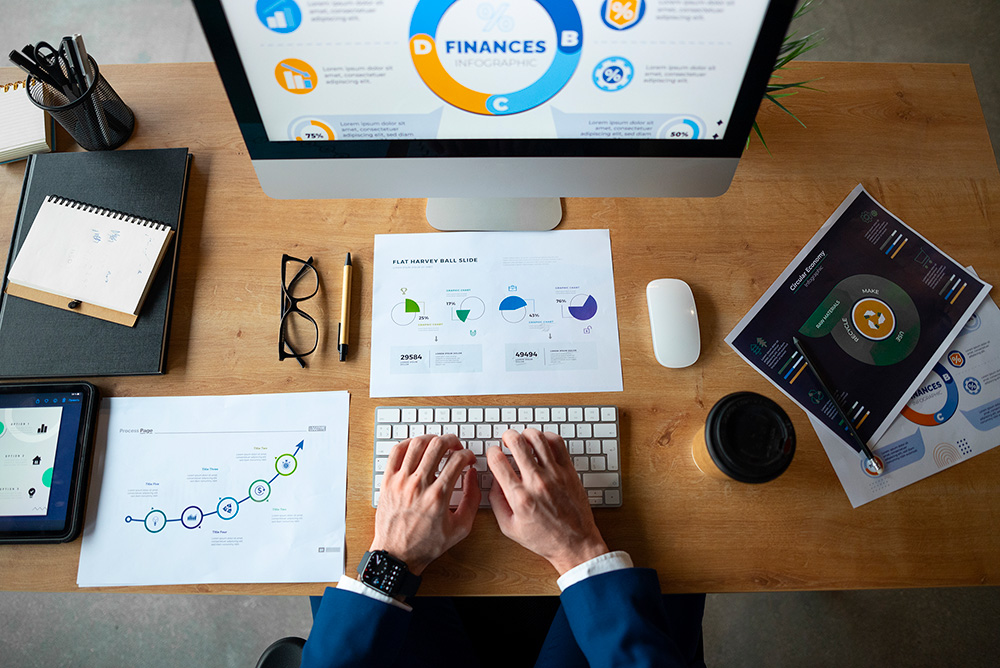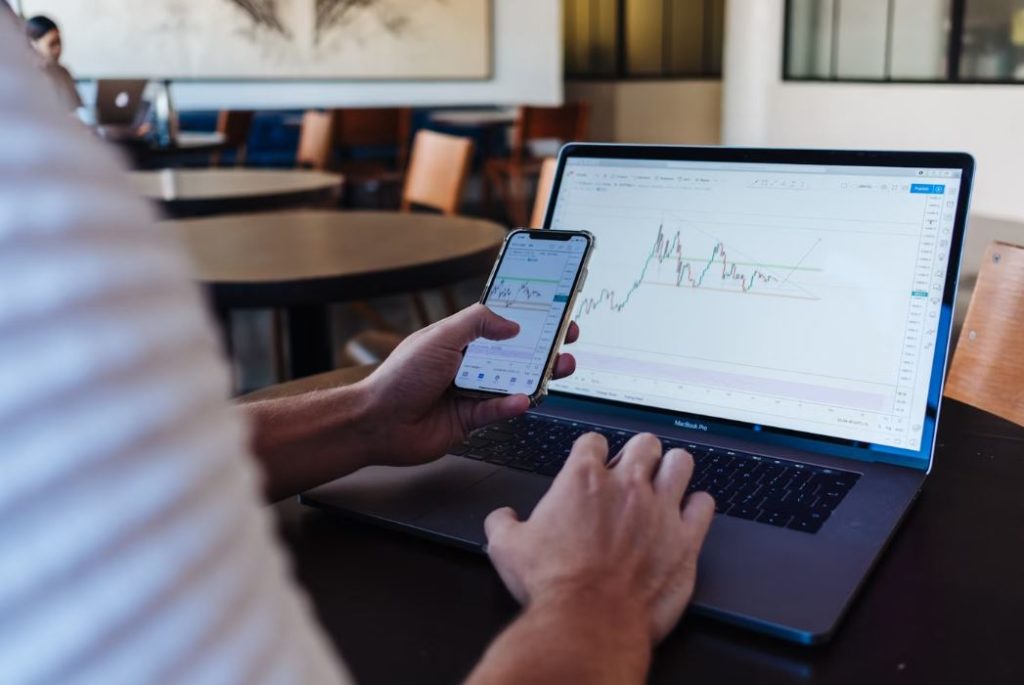Your credit portfolio refers to the collection of credit accounts that you manage. Some of the most common components of a credit portfolio are credit cards, personal loans, and other forms of borrowing. It plays a crucial role in your financial health, affecting your credit score, purchasing power, and ability to secure future loans. Thus, just as you curate your investment portfolio to suit your financial goals and risk appetite, you should also structure your credit portfolio to match your needs and circumstances.
To build a portfolio that supports your financial well-being, ask yourself the following key questions:
What Are My Financial Goals?
Before applying for any credit product, consider what you aim to achieve. Are you looking to build your credit history, finance a major purchase, or consolidate debt? Your objectives will determine which credit options suit you best.
For example, if you’re keen on using a credit line to finance your everyday purchases, then it might be in your best interest to initiate a quick and easy credit card application process with a trusted institution. Having a credit card like the Landers Cashback Everywhere credit card by Maya, for example, will allow you to consolidate all your everyday expenses in one place so you can track them in a glance. Meanwhile, a personal loan could be more suitable for funding a business or education expenses. Understanding your financial goals ensures that you choose credit products that align with your long-term plans.
What Types of Credit Should I Include?
A well-balanced credit portfolio includes different types of credit that serve various purposes. For instance, credit cards allow flexible spending but require careful management to avoid high interest charges. Meanwhile, installment credit like auto loans or mortgages involves fixed payments that contribute to a stable repayment history. Using different types of credit wisely can enhance your credit score and demonstrate responsible credit management.
What Are the Interest Rates and Fees?
Interest rates and fees can significantly impact the cost of borrowing, so compare your options carefully by looking at their annual percentage rates (APRs), late payment fees, and other charges. Some credit products may offer promotional rates that increase after an introductory period, so read the fine print to avoid surprises. It’s in your best interest to choose credit accounts with favorable terms, as this will help you save money and maintain financial stability.
How Much Credit Can I Afford?
Borrowing responsibly ensures that you can meet your financial obligations without jeopardizing your cash flow. If you take on more credit than you can manage, this can lead to financial strain and damage your credit score. As such, make it a point that your credit limits align with your repayment capacity. Use the debt-to-income ratio as a guideline—most financial advisors recommend keeping debt payments at or below 30% of your income.
How Will My Credit Portfolio Affect My Credit Score?
Your credit portfolio influences your credit score in several ways, as it can impact your payment history, credit utilization, and length of credit history. Knowing this, use your credit lines to your advantage by maintaining low balances and making timely payments. Keeping old accounts open can also benefit you, as this can help boost your score. On the other hand, applying for multiple types of credit in a short period can lower your score.
What Are the Repayment Terms?
Each credit product has specific repayment terms that dictate how and when you need to make payments. A fixed repayment schedule offers predictability, while a flexible term may allow you to adjust payments based on your financial situation. Understanding the repayment conditions of your credit accounts will help you plan your budget and avoid unnecessary penalties.
Do I Need to Improve My Credit History First?
If you have a limited or poor credit history, you may need to work on improving it before taking on additional credit to expand your portfolio. Some ways to boost your credit history include making consistent on-time payments and reducing outstanding debt. Applying for a secured credit card can also help build a positive track record.
What Happens If My Financial Situation Changes?
Events such as job loss or medical emergencies can impact your financial circumstances. Ideally, your credit portfolio should be able present you with options that provide flexibility, such as deferment periods or lower interest rates during financial hardship. Planning for uncertainties ensures that you can manage your credit responsibly even during difficult times.
How Will I Monitor and Manage My Credit Portfolio?
Having a credit portfolio alone won’t do much for your financial security and stability. You have to be actively managing it to maximize its benefits. To do this, get into the habit of reviewing your credit accounts; this will help you stay on top of payments, track your spending, and identify any unauthorized charges. You should also set up alerts for due dates and monitor your credit report to prevent missed payments and detect fraud early.
Building a well-structured credit portfolio gives you peace of mind and access to better financial opportunities. By carefully selecting and managing your credit accounts, you can achieve financial stability and be prepared for future financial needs. Thoughtful planning today and building a strong credit portfolio can help you attain a secure and flexible financial future.









